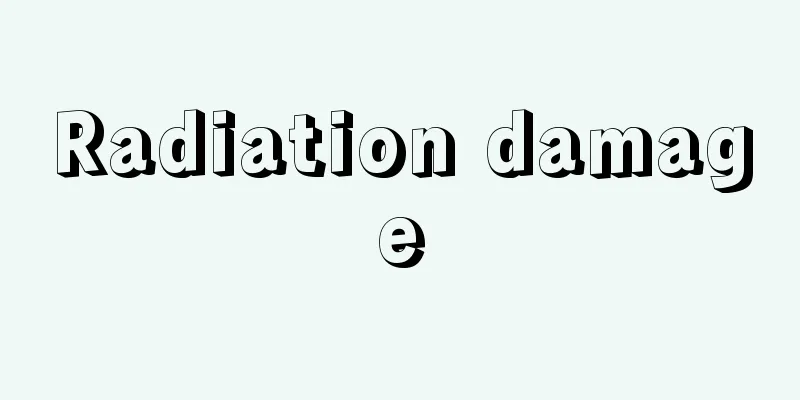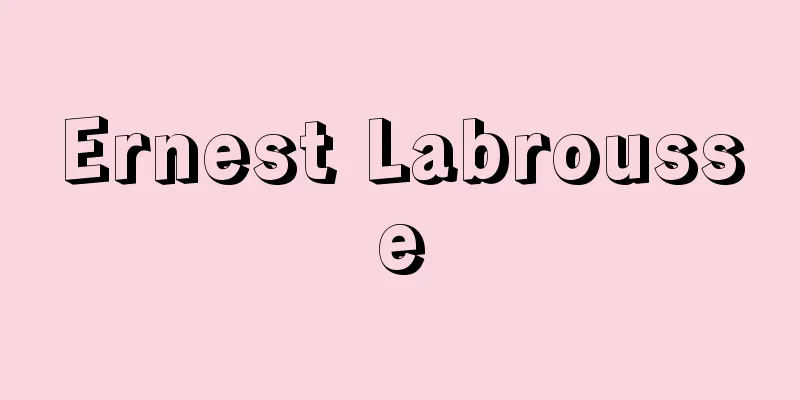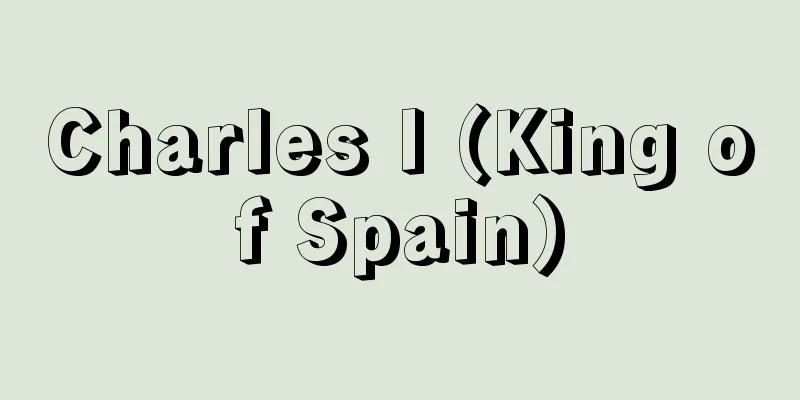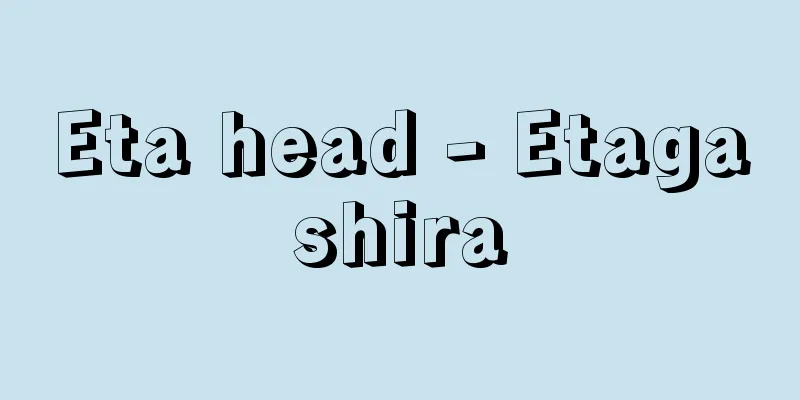Council of Europe
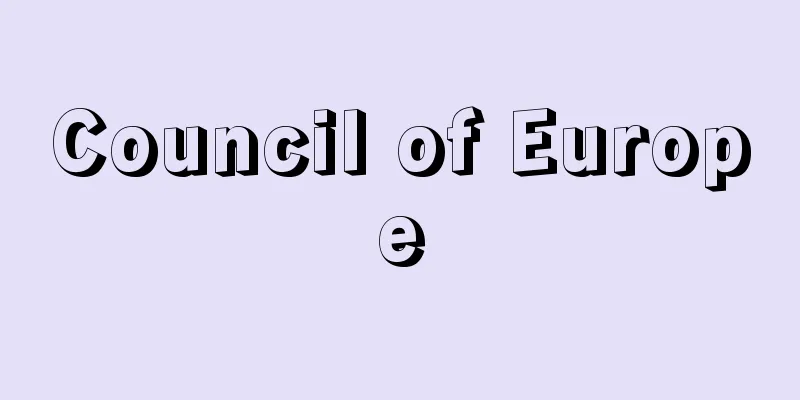
|
A regional international organization established in 1949 by the Five Western European Powers (Belgium, France, the Netherlands, Luxembourg, and the United Kingdom) plus Denmark, Ireland, Italy, Norway, and Sweden. As of 2009, there are 47 member states. The Council's purpose is to promote greater unity among its member states by defending and realizing the ideals and principles that are their common heritage, and by promoting their economic and social progress. It also focuses on human rights, and was the basis for the European Convention on Human Rights (1950). The Council's three organs are the Human Rights Commission and the Human Rights Court, which were established by the treaty, and the Council's Committee of Ministers. The Council's main organs are the Committee of Ministers and the Consultative Assembly, and its secretariat is in Strasbourg. The Committee of Ministers is composed of the foreign ministers of each country, and deliberates on matters necessary to achieve its objectives, and makes recommendations to member states according to the content of the recommendations. The members of the Consultative Assembly are elected by the parliaments of the member states in a manner determined by the parliaments of the member states, and their number is proportional to the population of each country. The Consultative Assembly is a deliberative body with the power to make recommendations to the Ministerial Committee. Japan joined the Consultative Assembly as an observer in 1996. [Takashi Okamura] [References] |Source: Shogakukan Encyclopedia Nipponica About Encyclopedia Nipponica Information | Legend |
|
1949年、西ヨーロッパ五国同盟(ベルギー、フランス、オランダ、ルクセンブルク、イギリス)にデンマーク、アイルランド、イタリア、ノルウェーおよびスウェーデンを加えた10か国によって設けられた地域的国際組織。2009年時点で、加盟国は47か国である。審議会の目的は、加盟国の共通の遺産である理想と原則とを擁護し、かつ実現することにより、また加盟国の経済的社会的進歩を助長することによって、加盟国間にいっそう大きな統一を図ることにある。また、人権擁護にも力を入れ、ヨーロッパ人権条約締結(1950)の母体となった。実施にあたるのは、この条約によって設けられた人権委員会および人権裁判所、同審議会の閣僚委員会の3機関である。同審議会は、主要な機関として、閣僚委員会と協議総会を有し、事務局がストラスブールにある。閣僚委員会は原則として各国外相によって構成され、目的達成に必要な事項について審議し、内容に応じて加盟国に勧告を行う。協議総会の議員は加盟国の議会の定める方法によって選ばれ、その数は各国の人口に比例する。協議総会は審議機関であって、閣僚委員会に勧告を行う権限を有している。なお、日本は1996年、オブザーバーとして参加することになった。 [岡村 堯] [参照項目] |出典 小学館 日本大百科全書(ニッポニカ)日本大百科全書(ニッポニカ)について 情報 | 凡例 |
<<: European Convention on Human Rights
>>: European Free Trade Association
Recommend
Jacksonism
...He is known for his description of Jacksonian ...
Vermouth - Vermotto (English spelling) vermouth French
This is a type of alcoholic drink made by extract...
Nikogori (boiled and condensed food) - Nikogori
A dish in which the broth of boiled fish or other ...
Indian National Congress - Indian National Congress
An Indian political party that played the biggest ...
Pegasos - Pegasos (English spelling)
A divine horse with wings in Greek mythology. Hes...
Wazuka [town] - Wazuka
A town in Soraku County in the southeastern part o...
Arch bridge - Arch bridge
A classification of bridges based on their struct...
Portland arrowroot
...The tubers and young leaves are also edible, b...
Umewaka Minoru (first generation)
...The number of traditional Kanze plays up until...
Shizuoka [city] - Shizuoka
A city in central Shizuoka Prefecture. It was inco...
Alphaville
…The division of film history into "pre-Goda...
Dummy bullets
…Small arms ammunition is used in pistols, rifles...
Catocala lara (English spelling) Catocalalara
…[Shigeo Sugi]. … *Some of the terminology explan...
Crow (Headwear) - Crow
…It is an extremely stylized headgear, coated wit...
Edo elders - Edogarou
〘Noun〙 A chief retainer who was stationed at the f...


![Shrine [town] - Yashiro](/upload/images/67cd0aff7c3db.webp)

